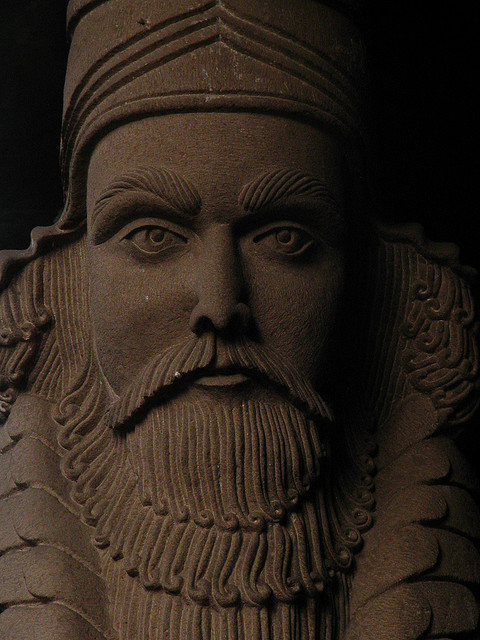Zoroastrian, Parsi, Irani
Zoroastrianism is an ancient religion that was founded sometime in 6th century BC in Iran/Persia. At one time it had among the largest followers in the world. After the end of the Persian Sassanid Empire in 651 AD, the popularity of Zoroastrianism started declining.
Zoroastrians follows the teaching of the prophet Zoroaster. Zoroaster wrote the Yasna Haptanghaiti (7 hymns) and Gathas (5 hymns) which are sacred to Zoroastrians.
Today the two largest sects of Zoroastrians are Parsis/Parsees and Iranis. It is estimated that there are between 150,000 – 210,000 Zoroastrians throughout the world. Majority of Zoroastrians/Parsis live in India followed by USA. Within India, majority of Parsis live in Mumbai/Bombay.
It is estimated that the Parsis came to India either in the middle of the 8th century AD or in the middle of the 10th century. In order to escape persecution in Persia, Zoroastrians/Parsis reached Gujarat and sought refuge from the local king. Early Parsi settlements were in Sanjan and Navsari.
Parsi Marriage and Divorce Act 1936 – Marriage Law For Indian Zoroastrians, Parsis, Iranis
This is the act that governs marriage and divorce among members of the Parsi and Irani community in India. It is applicable throughout India, except in Jammu & Kashmir. Some salient features of the act are as follows:
- Parsi wedding has to be solemnized as per the “Ashirvad” tradition in the presence of a Parsi priest or Parsi Dastur or Mobed. 2 witnesses should be present at the time of the marriage.
- The Parsi Priest/ Dastur/Mobed who conducts the wedding should issue a wedding certificate signed by the priest, the couple and two witnesses.
- All Parsi/Irani/Zoroastrian weddings have to be registered with the marriage registrar. Non compliance can lead to a fine and even imprisonment.
- Only Parsi men over the age of 21 and Parsi women over the age of 18 can marry.
- Marriage is not allowed between blood relatives. The act list 33 relatives that neither a Parsi man or woman can marry.
- Bigamy and Polygamy are not allowed.
- The act also states dos and don’ts for the Parsi Priest/ Dastur/Mobed, couple and witnesses.
- The act also covers divorce between Parsi couples.
This Post Has 3 Comments
Comments are closed.

Pingback: Parsi preist | Greatfundsite
Pingback: Anand Karaj (Sikh Wedding Ceremony), Indian Sikh Marriage Law (Anand Marriage Act)
Pingback: Indian Marriage Laws